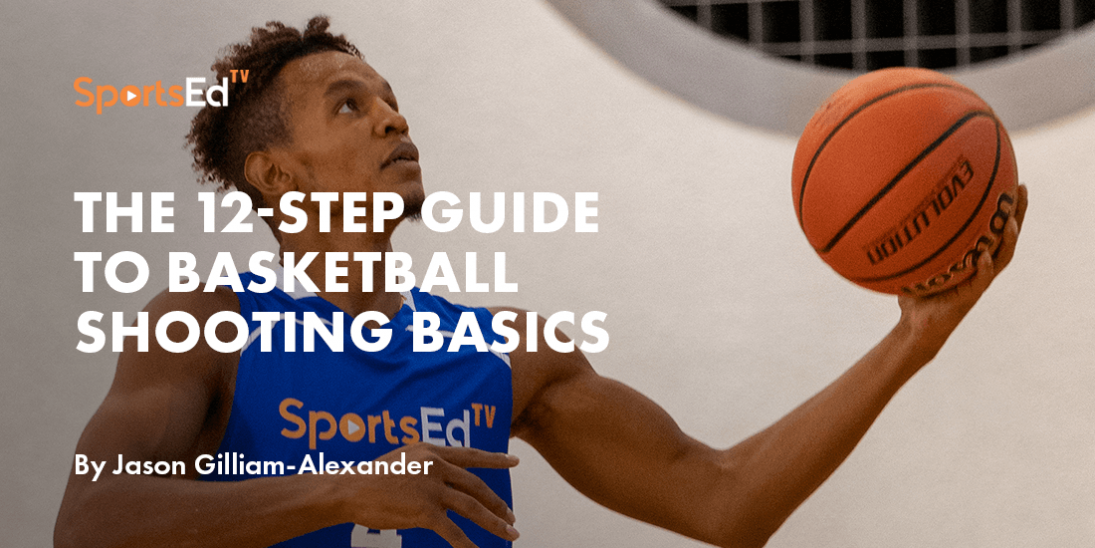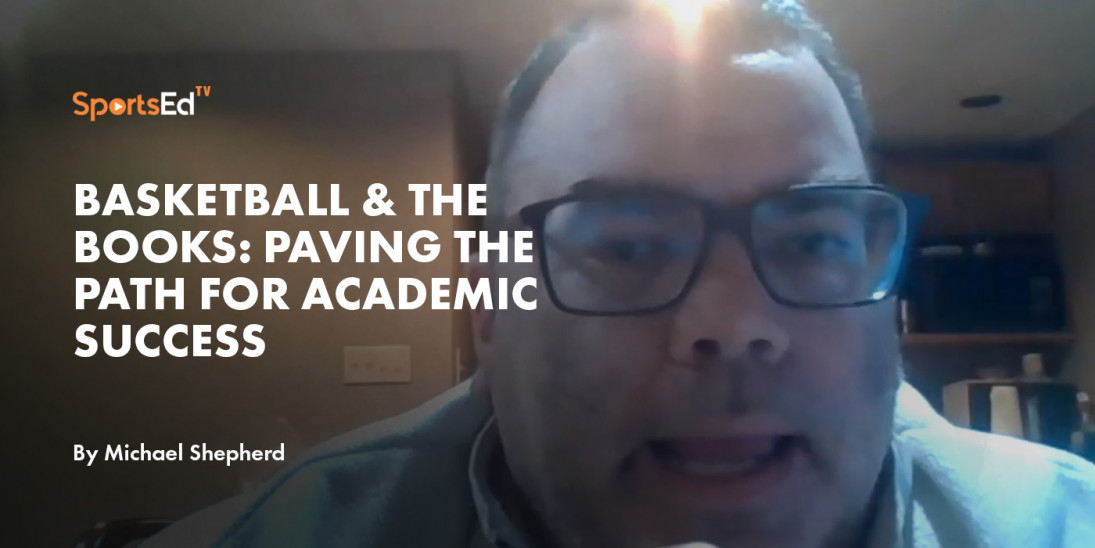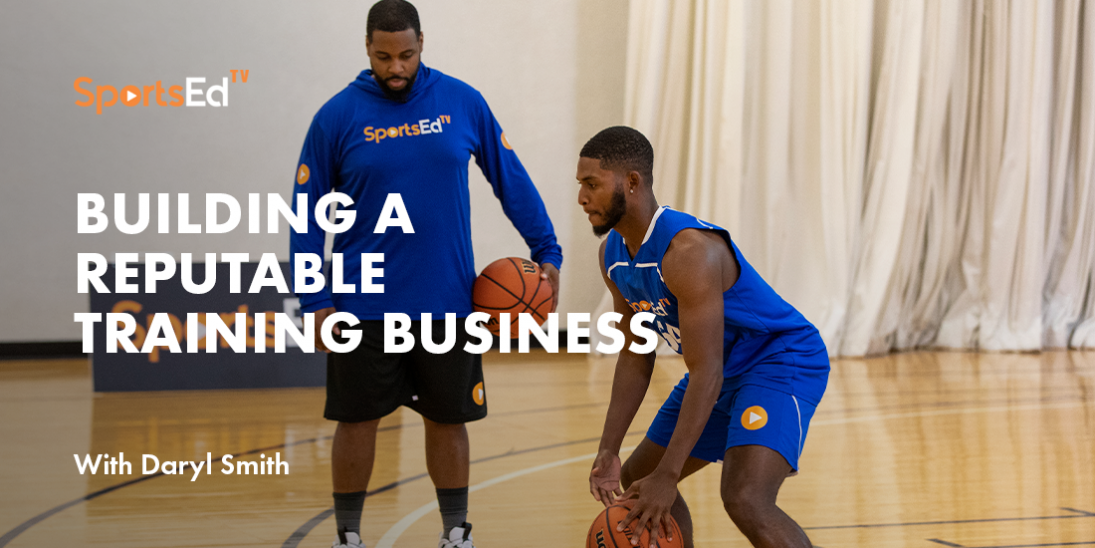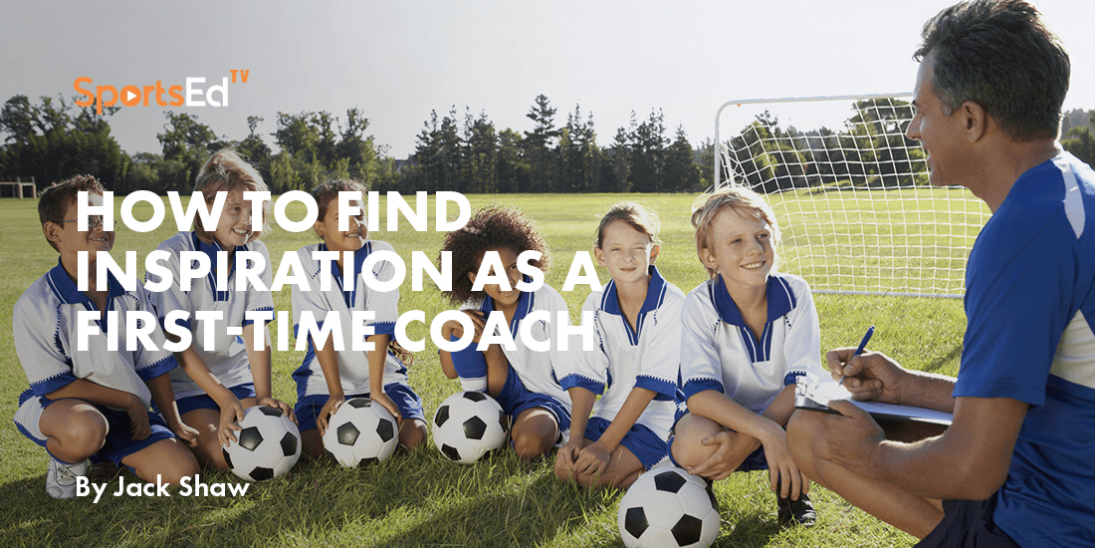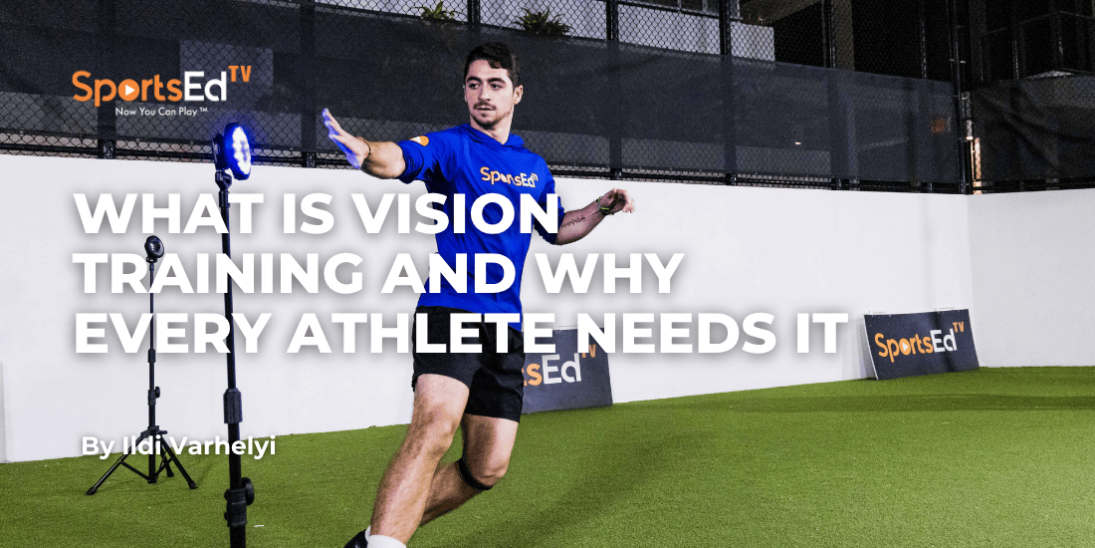Basketball
Welcome and thanks for visiting...

Once a Liability, Now a Commodity: the Shooting Point Guard
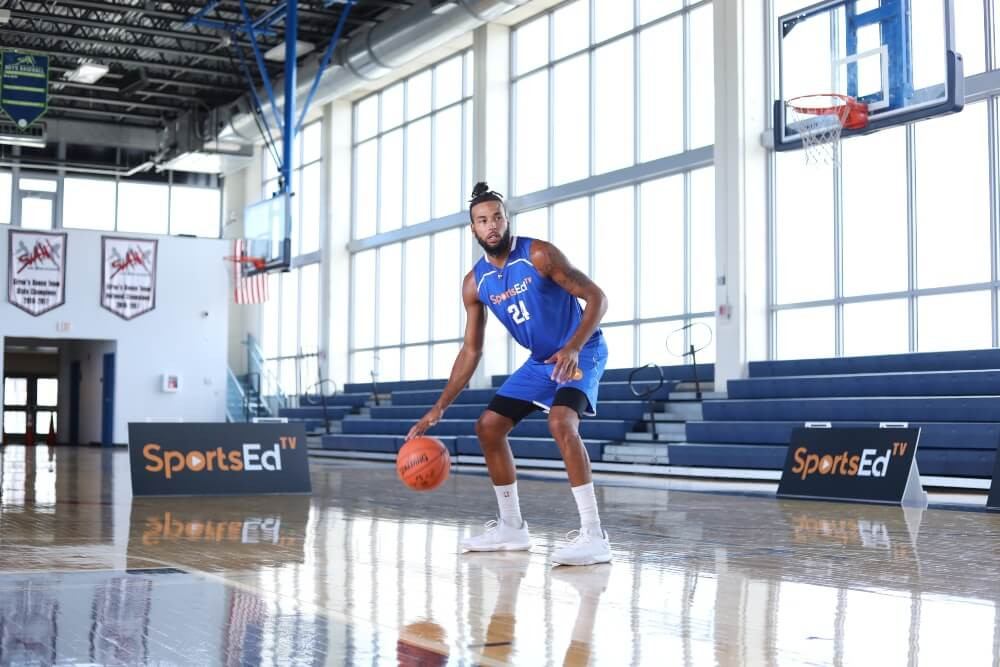
How does a basketball team space the court properly to run their offense efficiently and score points? Well, it all begins with the point guard (PG) and his ability to be a triple threat: to shoot, pass, and dribble. Throughout NBA history, the philosophy and rules of the game have changed right along with the role of the PG. Dribbling and passing are coveted skills for the little guys as they enable player movement and improve their teammates’ ability to shoot and score. High three-point percentage shooting from the point guard position, however, is what truly generates the most success. There is an algorithm for such shooting success: balance and footwork, physical strength, endurance, hand-eye coordination, confidence from repetition, passing, and dribbling ability. Consistent development in these areas enables a player to become that shooting PG (or, that shooting BIG) who can open up a team’s offense for success.
Undeniably, point guards who can shoot the ball beyond the three-point range are the best indicators of success on the court. Defenders must guard them the length of the floor and even more so once the ball is brought from the backcourt into the frontcourt. The defensive pressure required to defend a shooting PG automatically provides more room for the other four players to maneuver and operate on the 94-foot by 50-foot rectangle.
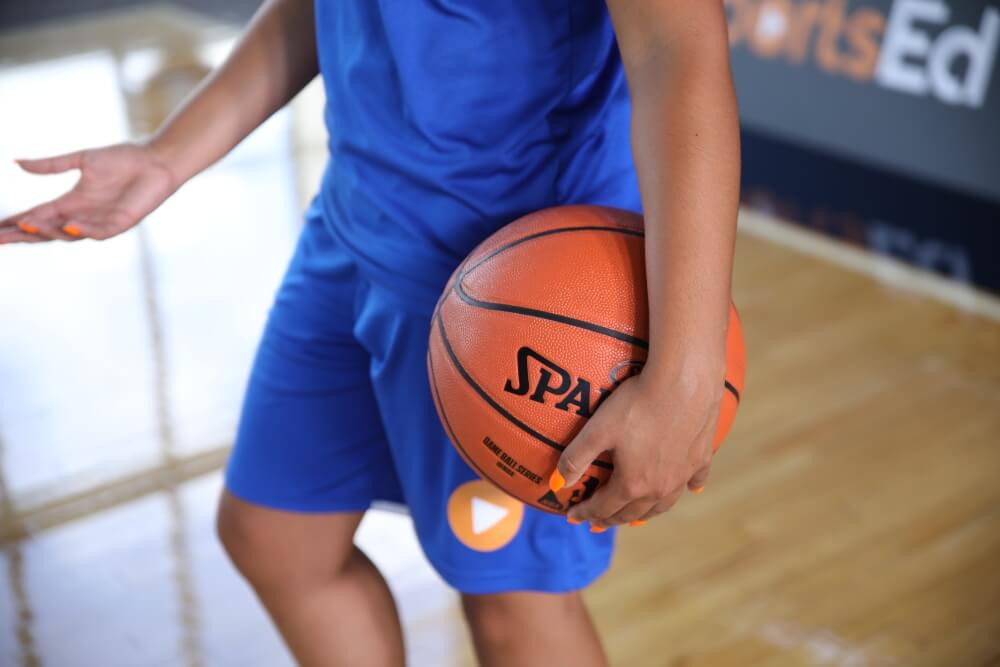
There have been great examples of this player, this smaller shooting PG, throughout the years. In the sixties, the NBA had 6’ Bob Cousy as one of its first elite point guards. He did not shoot much, but he used crafty ball-handling and movement with court vision to set shooting teammates up for success. The 1970s brought 6’1” Nate ''Tiny" Archibald, the only point guard to lead the NBA in points and assists per game in a single season. This Bronx-born lefty established a new paradigm and level of success for the position with his ability to shoot from all over the court, dribble creatively, and use his smaller size to change directions and speeds against his larger opponents. The 1980s would come to love Isaiah Thomas, the 6’1” phenom from Chicago, who revolutionized the position with his myriad of skills, triple threat mastery, and levels of personal and team achievement. Zeke could shoot, dribble, and pass to win, becoming both the NBA All-Star Game and Finals MVP. Neither the league nor the sport itself had seen a smaller player as the transformational player on a championship team prior to Isaiah. Enter the 1990s where the two-sport star and Georgetown University standout Allen Iverson from Virginia became the NBA MVP with his tattoos and cornrows. At 6’, the Answer employed a vicious crossover dribble that eluded all defenders. His passion and explosiveness not only created excitement about his superior physical skills, track-like speed, and commanding dribbling ability but also rendered him a fashion and style icon who inspired a cultural movement inside the game. He was a shot-maker who became a perennial top-five scorer in the NBA, able to shoot from long range and over/under BIGS that guarded the basket-like Fort Knox. In the 2000s, four-time NBA Champion San Antonio Spurs point guard Tony Parker, a 6’2” Frenchman, was able to score tons of points penetrating defenses with his speed and ball-handling whereby the Spurs offense was predicated on passing and player movement. Tony could get dribble penetration and score points using his floater effortlessly. Defenders were victimized by Tony’s speed and then would back up to try to contain his drive, which allowed him to shoot uncontested fifteen to eighteen-foot jump shots as defenders were forced to backpedal due to his incredible speed.
Tony and the San Antonio system gave way to 6’3” Chef Steph Curry and his three-time Champion Golden State Warriors team. Steph is a superior shooting PG, chasing all the significant NBA three-point shooting records. GSW used a small ball team philosophy to space defenses out like the board game Twister. Crisp passing and sharp player movement allowed for fluid dribble penetration that assisted three-point shooting. Steph-ortless, son of the great shooter Dell Curry, makes perimeter shots like layups, completely opening up the floor for dead-eye shooting teammates Klay Thompson and Kevin Durant. I played basketball like Steph does today. At 5’10” I could shoot accurately from twenty-five feet out to force the defense to play me close. That allowed for easier drives to the basket and freedom of movement from point A to B and B to C on the basketball court.
In contrast, non-shooting point guards, unable to extend a defense beyond the three-point line with shooting, shrink the floor and hamper their team’s offense. These players can be successfully defended with zone principles or the use of an additional or help defender in a man-to-man defense. They must rely upon their dribbling ability to get to the basket for layups and close-range shots. They need to be more athletic and physically stronger to overpower BIGGER players that guard the paint and basket. For example, 6’3” Russell Westbrook, perhaps the most athletic and exciting athlete the PG position has ever seen, has struggled to win in the NBA playoffs and finals like some of his NBA PG predecessors because he can be defended by bigger players on his drives to the hoop when the game is on the line. Players like Westbrook, an NBA MVP recipient, are the reason we experience more buzzer-beating, game-winning jump-shots than layups. Team defenses are readily alert, prepared to swarm and potentially double team that player with the ball come the final seconds of a close game. These non-shooting point guards do not enable the offense to expand the court and don't provide scorers room to maneuver the way a Michael Jordan or Damian Lillard outside shooting has proven to do.
Shooting has always been a premium skill in the game. Current basketball philosophy, however, now emphasizes making more three- than two-point baskets using the same amount of possessions. This strategy has redefined how teams play to win basketball games. In previous years, team defenses played a much more physical style of defense to better defend outside shooting. Defensive hand checking – using hands to steer offensive players – physically disrupted a small PG’s shooting. As a result, BIGGER, more physical players, were better equipped to win games by scoring points in and around the basket. Aside from these philosophical changes, the game underwent rule changes that allowed for less and less restriction of movement. Defenders could no longer place hands-on point guards, making it a far more difficult task to limit the shooting opportunities of the fast and talented triple threat players like Kyrie Irving and Kemba Walker. What resulted is quicker offensive possessions, more overall offensive possessions, and the shooting of more three-point than two-point field goals.
NBA guards Chef Steph Curry, Kyrie Irving, and Damian Lillard all shoot the ball from twenty-five-plus feet away with accuracy. They have superior ball-handling skills that can free them up. They play with their eyes up for great court vision when their three-point shooting or dribble penetration is bottled up like a genie. They are the definition of triple threats. Let’s be clear though. Their effectiveness and team success hinge on their triple-threat status, spearheaded by more than capable long-range three-point shooting off the dribble or passing that spaces the floor out for teammates and themselves. Their shooting ability is the difference-maker.
For coaches who wish to develop shooting point guards like these, there is certainly a blueprint for success.
Balance and Footwork. Balance from footwork is key. The double-tap method is what I teach at beginner, intermediate, and advanced levels. Many call it a pro hop or jump stop. The double-tap/single tap shooting process should be executed daily at the beginning of every player development session, practice, and game. First, the player should be in a stationary position five feet from the rim with his knees slightly bent and his hips down in an athletic stance, which improves both balance and stability. He then taps his feet two times like Dorothy clicking her heels and shoots single-handed five times and then two-handed five times. Next, the player should walk a vertical line from the key to five-foot range, double-tap, and shoot single-handed five times, repeating that routine again, only this time shooting two-handed. Third, the player should jog vertically with the ball placed in a triple threat shooting position to the five-foot mark and shoot. Every shot must be preceded by the double-tap footwork to condition the mind. Finally, the player should dribble the ball right-handed, double-tap, and then shoot. This repetitive double-tap footwork helps build muscle memory for consistent footwork and balance when shooting. Ultimately, all shooting drills off the dribble and off the pass must result in single tap footwork. Beginner, intermediate, and expert level shooting applies more so to shooting distance as every shot for every level uses the same footwork. Beginners should remain seven feet in and intermediate should remain fifteen feet in, while experts can extend from the three-point range and further.
Physical Strength. Gaining strength in the legs, core, and upper body is essential to extending a player’s shooting range. Legs are the primary source of shooting strength. Squats, leg extensions, leg curls, calf raises, plyometrics, and rope jumping are strength and conditioning exercises that develop leg strength. Core strength, ranging from above the knees to the bottom of the armpits, aids the stability generated by footwork and balance. All versions of sit-ups, back extensions, rope jumping, and all variations of planks really strengthen a player’s core. Upper body strength involves developing stronger shoulders, triceps, and wrists that will increase shooting accuracy as the player can maintain proper shooting form from longer distances. Tricep extensions, flat and incline bench presses with frontal and reverse hand grips, and shoulder presses are all muscle-building exercises that develop these body parts intrinsic to shooting. Note that players under the age of fourteen should only lift their natural body weight via pushups, sit-ups, dips, and pullups. Elastic band resistance work is advantageous for the under fourteen player as well. Once in high school, however, players can be introduced to weight training using machines, dumbbells, and bars.
Endurance. A great shooter must possess the endurance needed to sustain proper shooting mechanics throughout workouts, practices, and games. Typically, when a player fatigues, so do his mechanics and fundamentals. Thus, to build endurance, players should be required to do anaerobic activities. Sprints, such as 400’s and 200’s, qualify. In addition, agility ladder reps with different patterns, plyometrics, heavy and light rope jumping, and full-court dribbling and shooting drills all help increase player endurance. The mile run, timed by appropriate age performance requirements, is another great tool to achieve endurance. These cardiovascular activities enable players to maintain high-level motor functions throughout a basketball game.
Hand-Eye Coordination. Hand-eye coordination is another component of successful shooting. BEEF is the method to use here: Balance, Elbow, Eyes, and Footwork/Follow Through. Two feet under your shoulders with knees slightly bent and hips down is the correct position for Balance. The Elbow should be under the ball in the same way that a waiter carries a tray in a restaurant. The shooting arm should resemble an L shape. The non-shooting hand, regarded as the guide hand, ought to meet the basketball resting on the shooting hand to create what we call the shooting window. Through this window, a shooter sees the basketball with both Eyes. Again, the feet are directly under the shoulders. As the shot is released, the knees, elbow, and wrist should lock for full extension, creating a backspin on the shot that keeps the basketball softly on the cylinder should the ball touch the rim. Heels should be off the ground when shooting the shot or land in the same position should it be a distanced jump shot. The shooter is to lock the Follow Through with eyes on the rim as the ball travels in a rainbow arc to the hoop.
Confidence from Repetition. Daily shooting is advised. Double-tap shooting – stationary and off the move – is the way to go. Players should work close to the basket, slowly extending their shooting range incrementally with shots made. I use an NBA 100-shot drill with two players, passer and shooter, whereby the shooter shoots ten stationary shots from both corners, both wings, and the foul line. Then, the players must shoot five shots back-pedaling from lane to corner, then sidestepping (defensive slides) from corner to wing and wing to corner on both sides of the floor. Lastly, the shooter must sprint in from half court to extend the foul line area on both sides of the floor. The player should also use dribble moves into shooting as well – half court to both elbows, shooting off pick and roll on both sides of the floor, and dribble drives from both wings into center foul line area for the mid-range shot. The combination of shooting off the pass and dribble, always using single tap footwork for consistency, will result in greater player confidence.
Passing. Passing keeps the defense honest. After all, it is a team game. Focusing on a dominant shooter can leave other teammates open for uncontested shots. Triple threat point guards are able to draw multiple defenders into defending themselves and find the open teammate. Yes, the game becomes easier on offense when that PG can create numerical advantages such as five on four, three on two, or two on one situation. That is when passing becomes crucial to make defenses pay. Chest passing, bounce passing, and overhead passing are standard skills, but practicing outside hand shovel passing, inside hand pocket bounce passes, outside pivot and inside pivot change of direction passing, and behind the back passing enables that PG to creatively deliver the ball under duress. Hook passes, baseball passes, and no-look passes keep intentions hidden, making it difficult for defenders to anticipate where and how the ball may be delivered from by the PG to his teammates. Players ought to work on each of these passes after shooting every time they touch the floor, executing a minimum of five to ten passes for each.
Dribbling-Ability. Dribbling is essential. Unlike soccer where the feet are used and football where the ball never touches the ground, basketball dribbling requires hand-eye coordination and skill. Players should warm up using ball slaps, fingertip touches, and circles around the head, waist, knees, and ankles. Figure eights through the legs, front to back and back to front, should complete the warmup. Pistol Pete Maravich is the prototype player for these types of drills. Progressing, typically, you want players to practice four-level dribbling: ankle, knee, waist, and shoulder pound dribbles with both hands. Twenty-five of each suffices for warmup. Emphasize dribbling hard, eyes up, and dribbling low with knees bent for balance. Stationary change of direction dribbles such as crossovers between the legs, behind the back, and spin dribbles are the foundation. Creating combinations or sequences of dribbles using the four different dribbles is what makes a player unique and elusive. One hundred of each single move dribble then one hundred of creative sequenced dribbles – what we call double moves – should be practiced.
In many ways, I wish I had played in this Rick Pitino George Popovich Steve Kerr-inspired open offense where the little man scores all the points. Allen Iverson, Steve Nash, and Steph Curry won NBA MVP trophy awards in this new era which is so unlike the preceding era. Dinosaurs like George Mikan, Wilt Chamberlain, Kareem Abdul Jabbar, Oscar Robertson Dr. J, Magic Johnson, Larry Bird, and the GOAT MJ had size and physicality at their respective positions, which was the coveted attribute followed by skill and intangibles. Playing today as opposed to in the eighties and nineties, I surely could have been considered an offensive commodity rather than a defensive liability. But, as they say, it’s all good. I had my time and now I enjoy spending my time watching the little guys dictate the game outcomes that the BIG GUYS of yesteryear once dominated.

